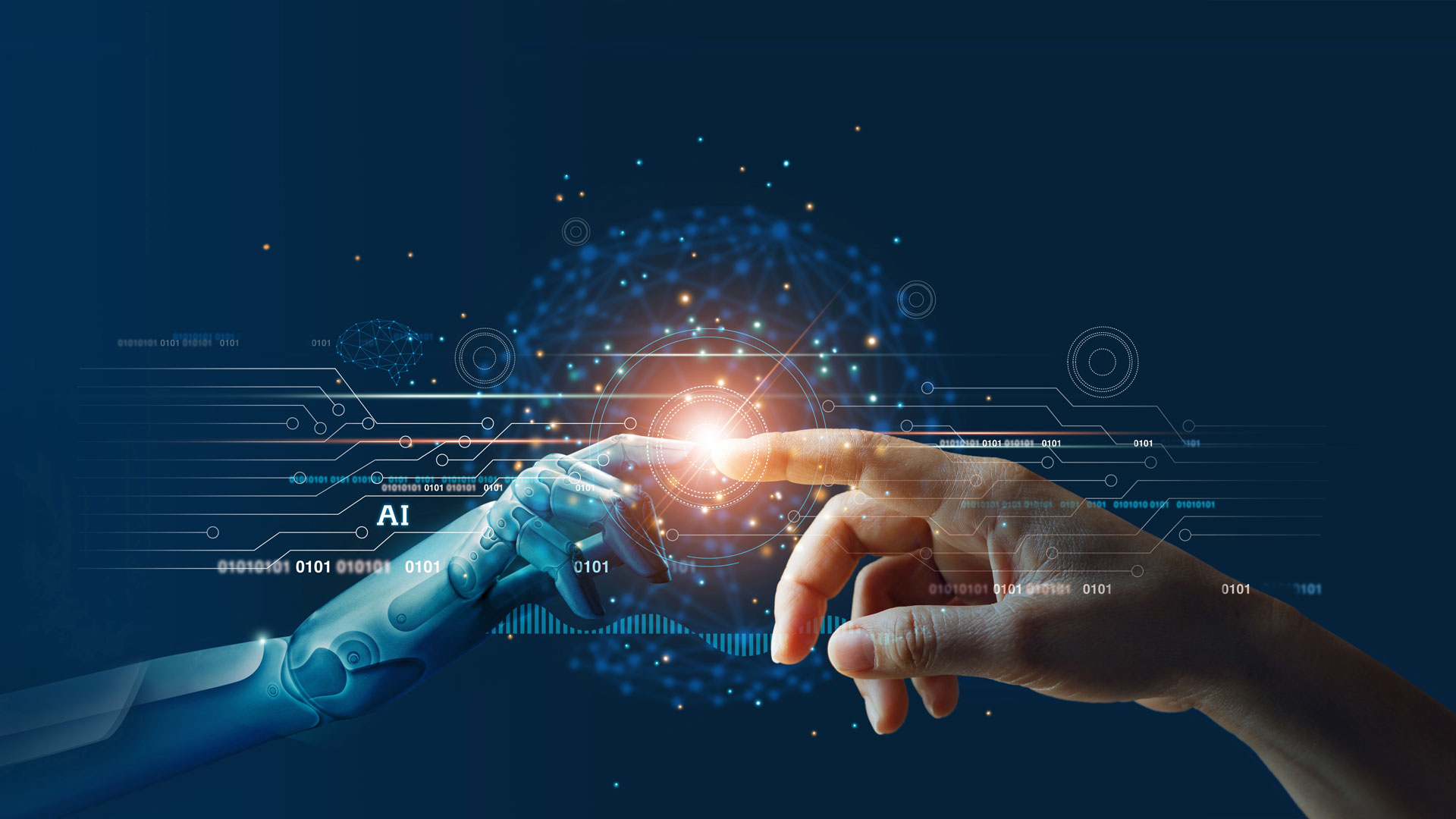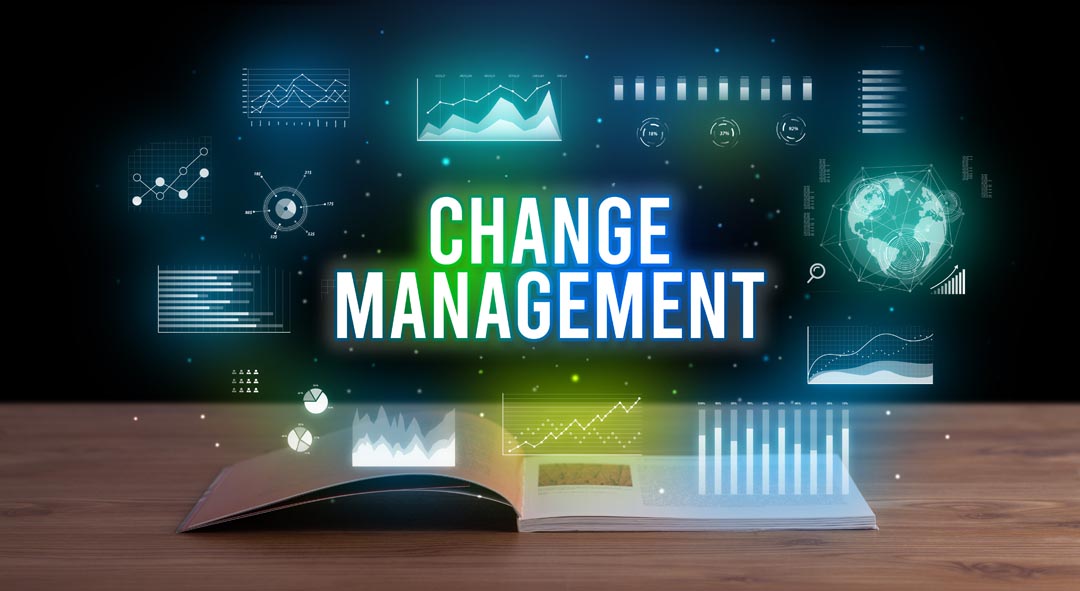Generative AI is now a business imperative, so how should leaders be using it to improve their talent strategies? Rachel Roumeliotis suggests three approaches
Generative AI is growing rapidly, and with it, companies in a wide range of industries are increasingly seeing the business value AI brings and are adopting it into their flow of work. According to a survey by Modern Hire, three out of four organisations updated their AI-based talent acquisition software in 2022 and 70% plan to keep investing in it over the next year to boost their talent strategy. This means that it’s time for companies to consider how AI can help streamline the recruitment process and create L&D strategies that adapt to this advancing AI technology.
The possibilities are endless when it comes to the ways in which companies can integrate AI into their employee recruitment and training. In the coming years, new ways will emerge for individuals, teams, and companies to use this technology in a way that leads to greater ROI on their recruitment and L&D strategies. With that in mind, how should executives and leaders approach generative AI as they consider what role it will play in hiring top talent and upskilling employees within their company? We’ll consider three approaches below.
1. Generative AI provides training in the right way, at the right time.
AI has the ability to adapt to individual learning modalities, making it the perfect companion to advance a company’s L&D initiatives. By adapting to a worker’s specific preferences for what and how they learn, AI tools like ChatGPT and others can create a more effective approach to training all workers in a way that will make sense to them and, in turn, this can provide positive results for companies in the long run.
Generative AI goes deeper than recommendation engines; it understands more about what the learner is looking for or how to infer what they might need next in terms of level of understanding, curriculum, and methodology. We’re seeing a few examples of this already with tools like ‘AI Coaches’ that can answer questions one might have in the flow of learning, tools that create derivative content that aid in reinforcement learning, and AI that associates what the reader is doing with what the reader might need next. As AI continues to develop, we’ll begin seeing assistants being implemented into enterprise applications for easier communication, project management, and more.
Employees also hold great responsibility in understanding both the benefits and limitations of generative AI
Generative AI should prove to be more engaging than traditional training methods because it can tailor the information and delivery style to the learner’s content or ability needs and put it into context such as a technology stack. Applying AI tools in the flow of work will only make these processes more personalised and malleable, both in language and modality.
2. Generative AI is an ally, not an enemy
An estimated 80% of jobs will be able to integrate generative AI into their daily tasks, according to McKinsey & Company. This is one reason why companies should not see generative AI as a tool to be feared, but rather a technological companion to be adopted. Some may caution that relying too heavily on AI technology for learning and development in the workplace could prove harmful. However, we have not seen that to be the case at this stage in its development. Instead, think of generative AI as being able to augment the creativity and wisdom you have in your workplace. It is another tool that can help generate ideas, data, and drafts that your employees can bring to fruition and drive forward. It can help make connections and educate, which is a crucial aid to helping employees upskill in the workplace.
As companies consider how to develop their recruitment strategies around generative AI, there are several benefits that can increase the speed and efficiency of hiring top talent in addition to training. Adopting AI tools that align with your recruitment strategy can allow you to write better job requirements with greater speed and precision. This doesn’t mean that you eliminate the human need for editing, but it will save the extra time needed to create the initial application from scratch. Additionally, AI tools assist companies in creating more personalised candidate outreach. As companies begin to sift through hundreds or even thousands of job applications, AI tools can streamline the process by helping them find the best applicants for the position and notify candidates accordingly.
3. Generative AI will be crucial to a long-term, sustainable L&D strategy.
It’s time for companies to consider the benefits, challenges, and opportunities of incorporating AI into their employee hiring and training. By adapting an L&D and recruitment strategy that integrates AI tools, companies will be in a much better place to hire top talent, upskill their employees, and more effectively reach their business goals. But first, companies need to take the time to learn about large language models (LLMs), both how they work and how they can help in L&D. Only then can they have an open mind in how these tools are implemented into the learning experience.
Additionally, companies will need to consider potential roadblocks they may encounter with this technology along the way and help their employees know how to mitigate risk and avoid potential pitfalls when using these tools in the flow of work. For instance, what if the LLM pulled information that was biased? Untrustworthy? From another LLM that is incorrect? LLMs will make employees smarter and improve how they learn and develop, but employees also hold great responsibility in understanding both the benefits and limitations of generative AI.
Any successful company knows that they have to adapt to technological developments if they want to succeed. That includes restructuring L&D programmes in the age of AI. AI is advancing rapidly, and companies can no longer ignore how this will affect the way they approach training their employees on these tools to help businesses run and thrive. The question is no longer if generative AI should be part of a company’s L&D strategy, but how and to what extent.
Rachel Roumeliotis, a vice president of content strategy at O’Reilly Media




